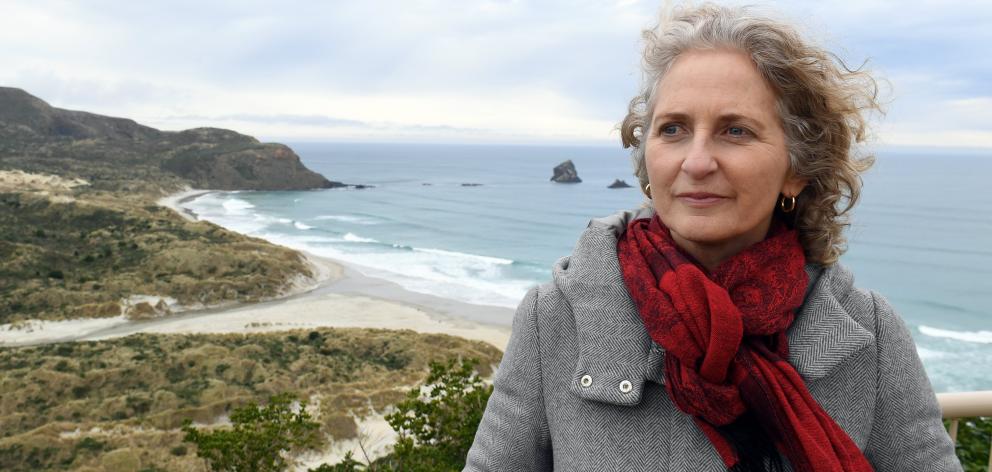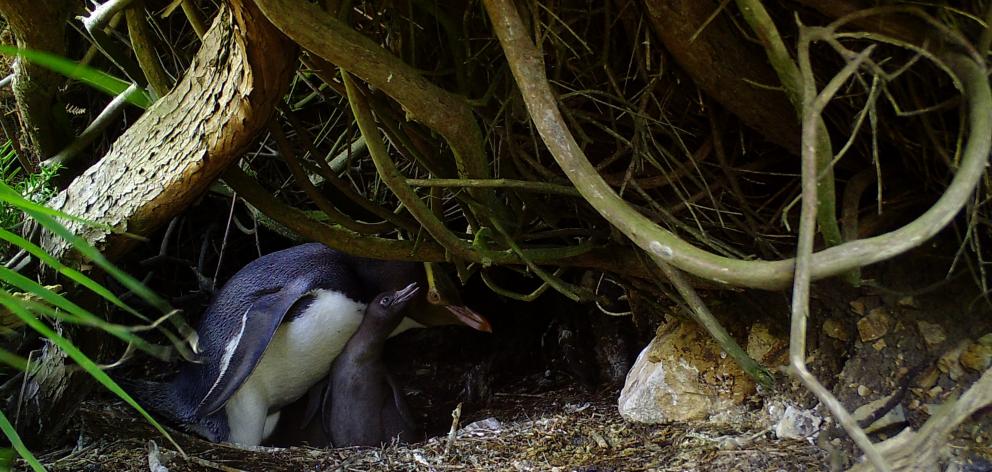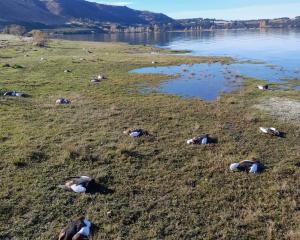Seasonal beach closures need to be considered to reduce the detrimental impacts of visitors on wildlife, University of Otago zoologists say.
The call follows the release of their research showing the closing of a Dunedin beach during breeding season was beneficial for yellow-eyed penguin (hoiho) chicks’ survival.
Melanie Young and Gemma Bell, of the university’s zoology department, along with Professors Yolanda van Heezik and Phil Seddon, looked at the effectiveness of the closure to the public of a yellow-eyed penguin breeding colony at Boulder Beach, on Otago Peninsula.

They compared reproductive success five years before and five years during the closure with success at neighbouring Sandfly Bay, which the public can access during the breeding season, over the same time periods.
Chick survival decreased at Sandfly Bay over the same timeframe, while chick survival at Boulder Beach did not decline, but remained constant during the closure years.
"The beach closure was beneficial because it appeared to buffer adverse environmental factors, so that chick survival remained constant rather than declining," she said.

The research team would like policy-makers to consider implementing seasonal beach closures at more sites.
"Beach closures might be difficult to implement because of public expectations regarding free access to coastal land in New Zealand, but they should be considered at sites where increasing numbers of visitors are likely to have detrimental impacts on wildlife."
"Without urgent action, these culturally important animals will likely be extinct on mainland New Zealand within the next few decades."
Yellow-eyed penguins, one of the world’s rarest penguins, have endangered status as populations are declining and are predicted to become extinct on the mainland by 2060.
Despite penguins being sensitive to human presence, tourists can gain free and unregulated access to several yellow-eyed penguin breeding areas.
Tourism numbers to coastal Otago sites had increased substantially in the last couple of decades, she said.
For example, the Katiki Point Lighthouse breeding site in North Otago is visited annually by an estimated 40,000 to 50,000 tourists.

Where beach closures were not possible, the researchers recommended a range of strategies be adopted, to minimise the effect of visitors on breeding colonies.
"Some of the threats to this species are really hard to manage, such as environmental changes resulting from climate change. Managing tourist numbers is something we can actually do that will make a difference, in terms of buffering environmental factors."
The researchers suggested seasonal closures for beaches around the country, as it had the potential to benefit other species, too.
Yellow-eyed penguins are present on more than a dozen beaches around Dunedin.












